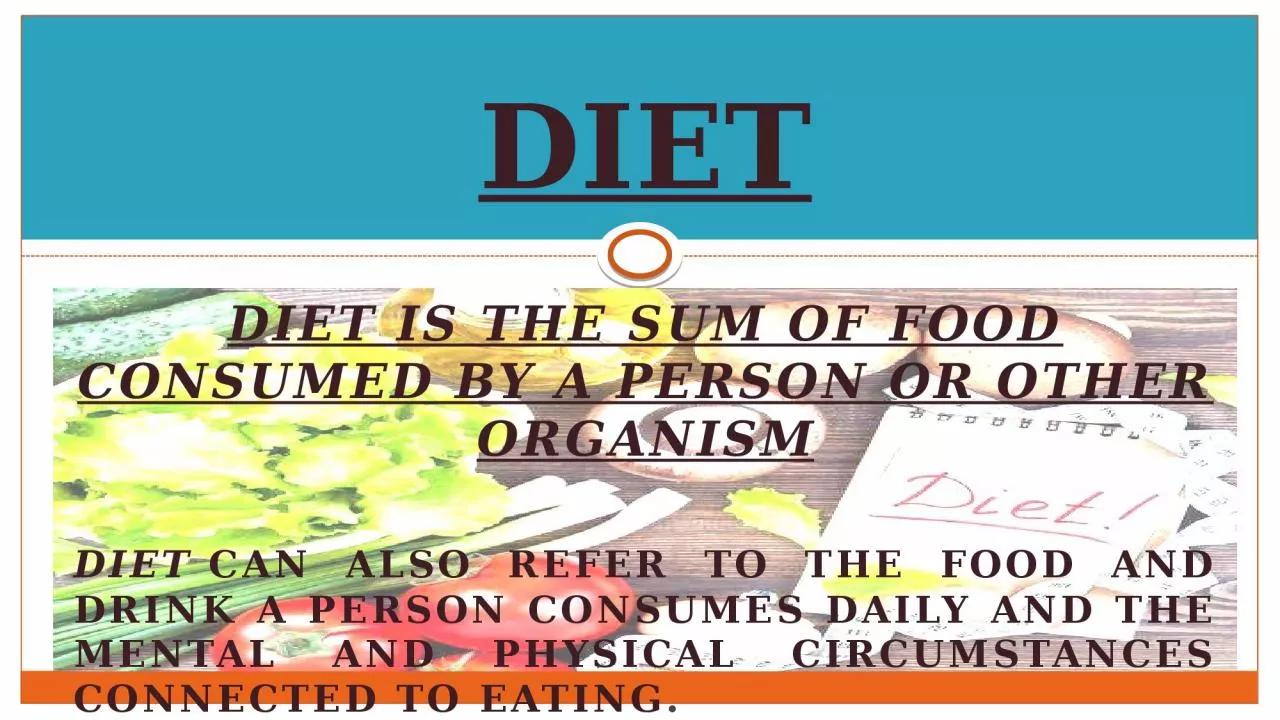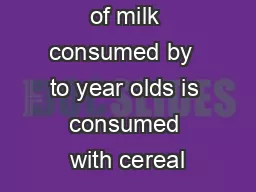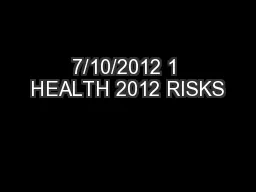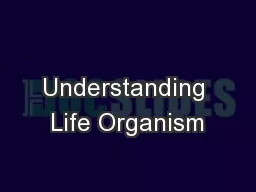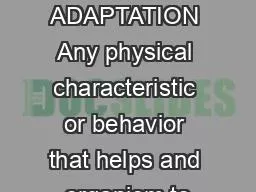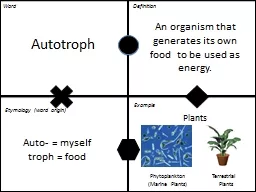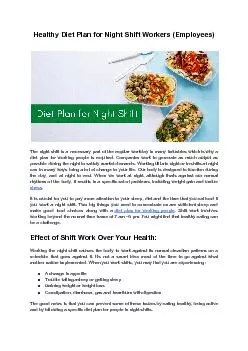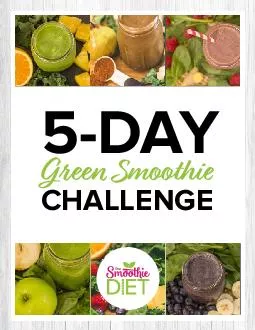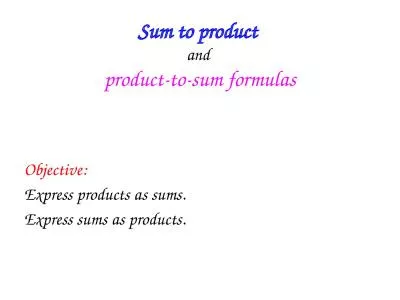PPT-Diet is the sum of food consumed by a person or other organism
Author : susan | Published Date : 2024-01-03
Diet can also refer to the food and drink a person consumes daily and the mental and physical circumstances connected to eating DIET BALANCED DIET A balanced
Presentation Embed Code
Download Presentation
Download Presentation The PPT/PDF document "Diet is the sum of food consumed by a pe..." is the property of its rightful owner. Permission is granted to download and print the materials on this website for personal, non-commercial use only, and to display it on your personal computer provided you do not modify the materials and that you retain all copyright notices contained in the materials. By downloading content from our website, you accept the terms of this agreement.
Diet is the sum of food consumed by a person or other organism: Transcript
Download Rules Of Document
"Diet is the sum of food consumed by a person or other organism"The content belongs to its owner. You may download and print it for personal use, without modification, and keep all copyright notices. By downloading, you agree to these terms.
Related Documents

